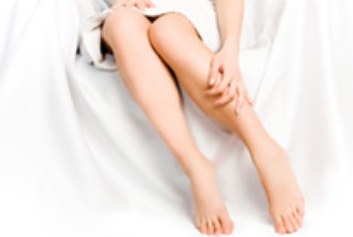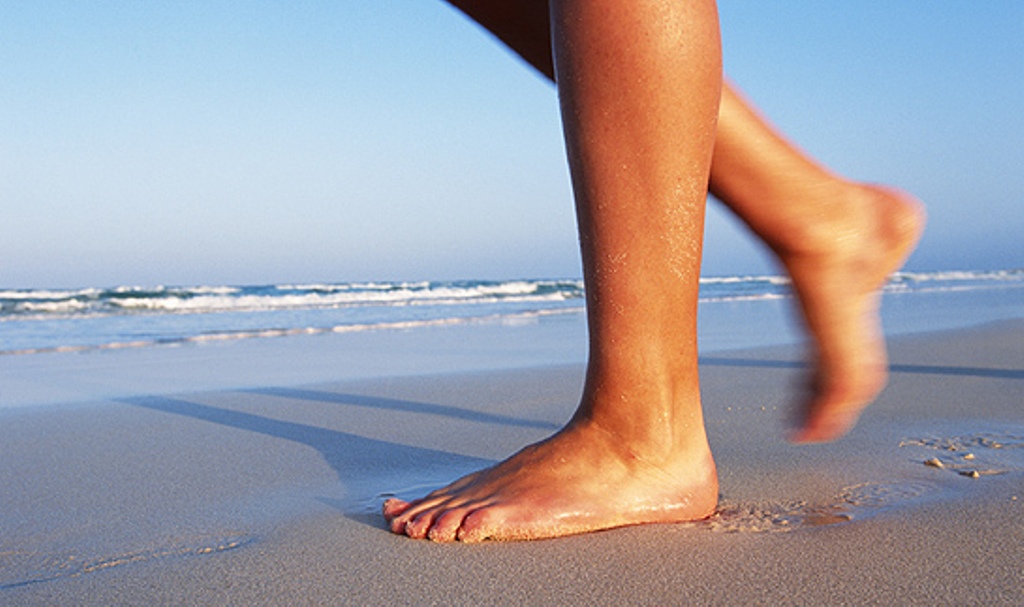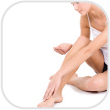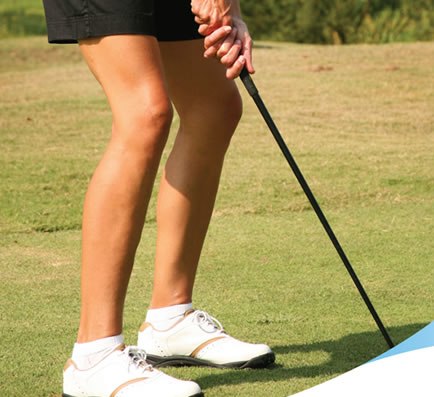While the underlying cause of varicose veins is unknown, a number of risk factors have been identified:
Besides the visual appearance, early symptoms of varicose veins include:
Pain in the legs with tiredness and heaviness in the lower legs
Swelling of the ankle and lower leg
Discolored, brownish skin near the ankle
Restless legs
Itchy, cramping on lower legs
Toe nail fungus
Two or more of the above symptoms at or near the same time may be a sign of varicose veins. A rash or skin ulceration on the ankle or lower leg may also be an indication of varicose veins.
Varicose veins are common and aren’t generally associated with more severe health problems. But they can be painful, unattractive and worsen over time. Varicose veins can cause legs and feet to swell, a sense of fatigue or restlessness in leg muscles, and throbbing and cramping at night. The skin surrounding the veins may also itch and burn. In severe cases, venous insufficiency may develop, causing irregular circulation. This can lead to problems like deep-vein thrombosis (a blood clot).
Patients with venous insufficiency often benefit from medical treatment. Left untreated, varicose veins can lead to swelling, increased pain, skin discoloration and ulcers. These ulcers are difficult to treat and can easily become infected and painful. When it comes to varicose veins, early diagnosis and treatment are key.
While the underlying cause of varicose veins is unknown, a number of risk factors have been identified:
Varicose veins tend to run in families. If your parents, grandparents, aunts, uncles or other family members have had varicose veins, it's likely that you'll develop them. A defect in the vein walls or valves is the greatest contributing factor in 70% of cases.
Primarily due to the production of progesterone (one of the major female hormones), females are more likely than men to get varicose veins (by a ratio of 4:1).
Varicose veins is a progressive condition that worsens in frequency and severity with age. As we age, elastic fibers in our bodily tissues break down, leading to wrinkles in the skin and weakening of the blood vessels.
Excess bodyweight increases the pressure on vein valves and can lead to their weakening.
Changes in hormone levels brought on by puberty, pregnancy, menopause, hormone replacement therapy and contraceptives are risk factors for varicose veins.
Increased progesterone levels, blood volume in the body and pressure on the pelvic veins all contribute to the formation of varicose veins.
70% of women develop venous (vein-related) problems during pregnancy. These include: fluid retention; pain, heaviness or fatigue in the feet and legs; mild edema (swelling in the feet and legs); and spider veins.
20% of pregnant women develop full-blown varicose veins. Heredity is a major factor, but hormonal changes and your baby's increasing weight place increasing stress on the veins in your legs.
50% of new mothers suffer from vein-related conditions for the rest of their lives, with 1 in 10 affected by varicose veins indefinately. Untreated varicose veins can lead to chronic edema, phlebitis (vein inflammation), thrombophlebitis (vein inflammation associated with a blood clot) and blood clots.
People whose jobs require them to stand or sit for long periods of time are at greater risk of developing varicose veins. When sitting or standing still, the valves in the veins in your legs are under increased pressure, which eventually weakens them.
Vein Conditions
Are You a Candidate?
- Many factors contribut to the presence of venous reflux disease:
- Age, Gender, Family History, Mutiple pregnancies, Obesity, Standing profession
- Using an utrasound to scan your leg(s), we will determine if venous disease is present.






